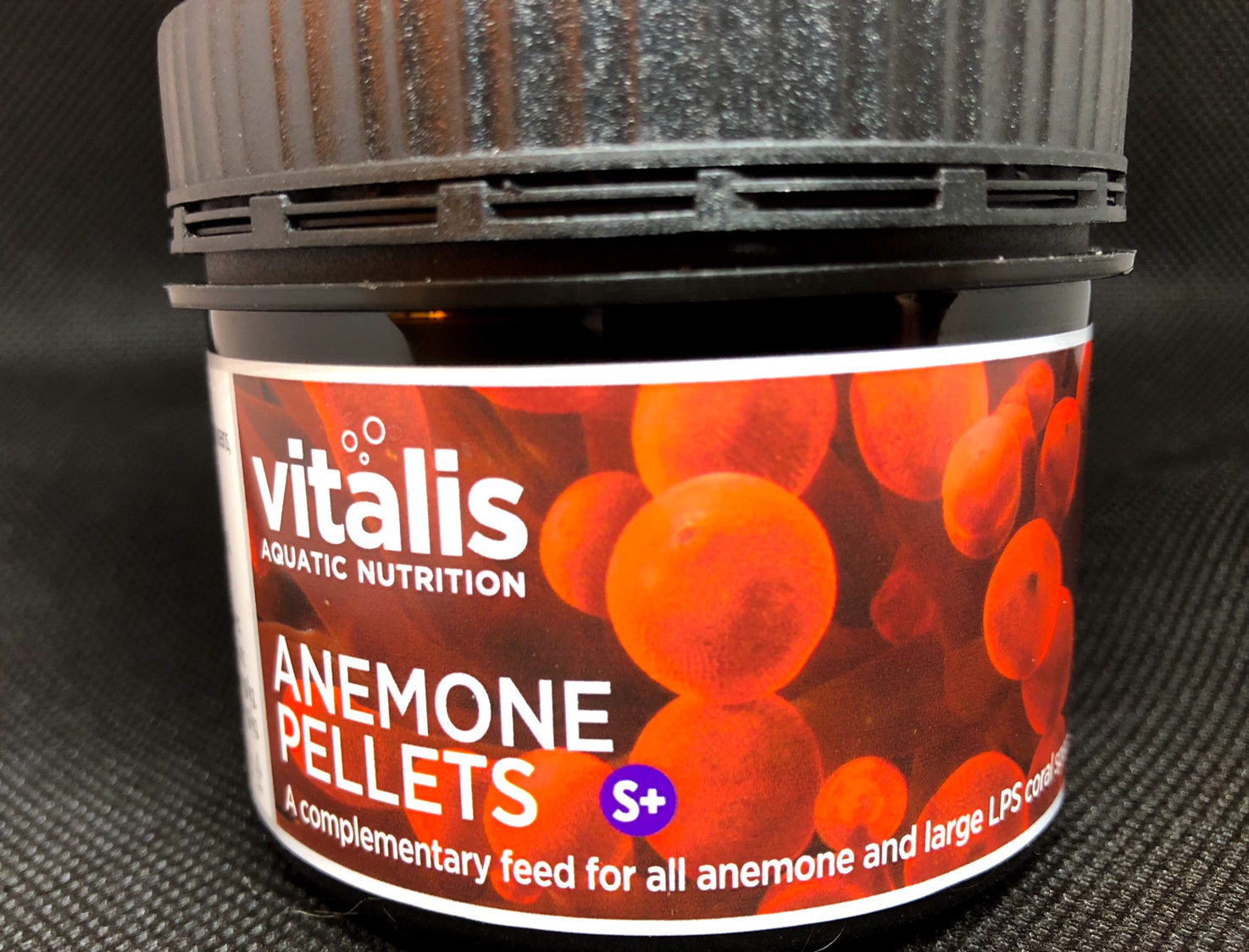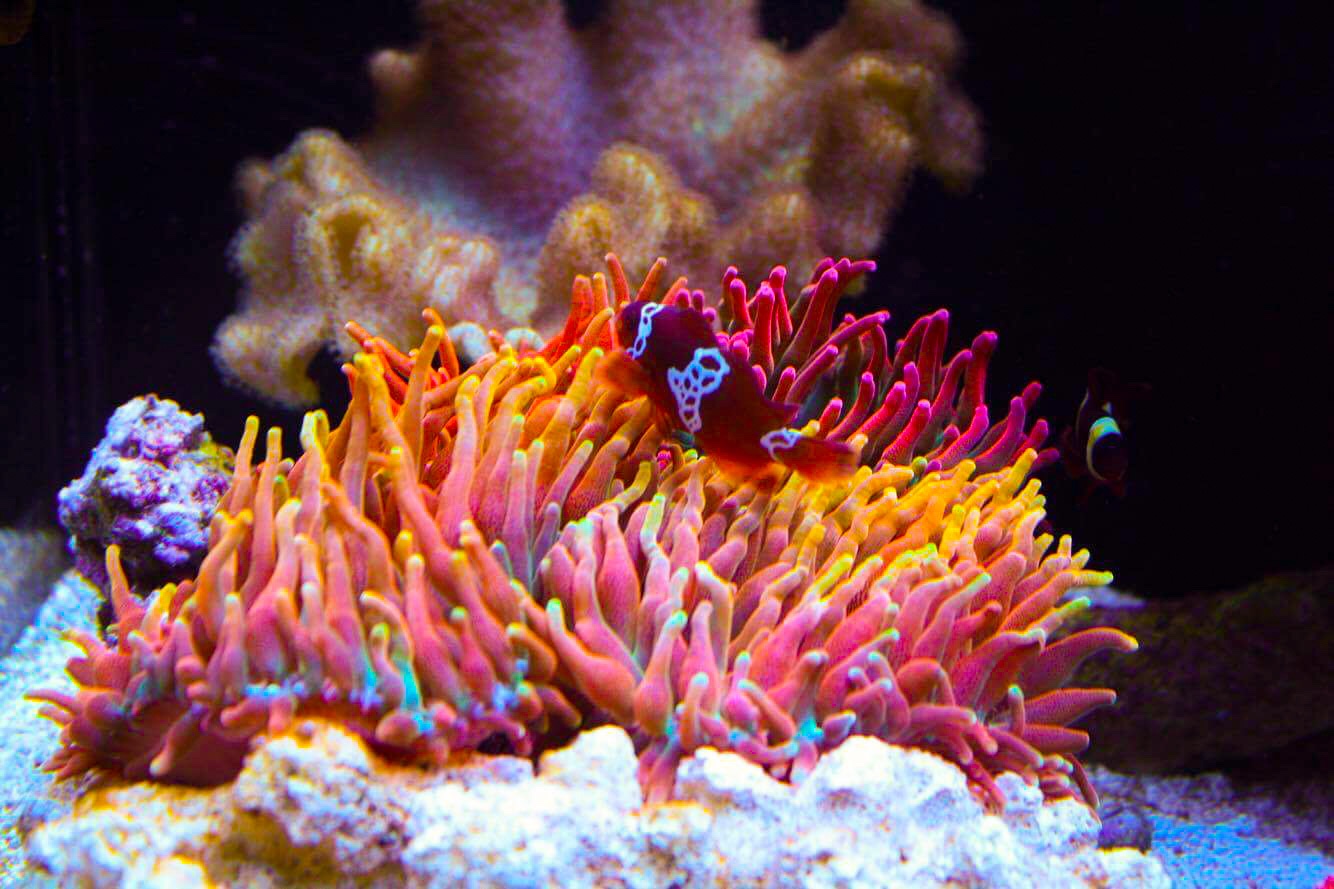Hey everyone,
So I am planning to get 2x Ocellaris Clowns. I was initially planning to get a BTA in hopes that they would host it. I fully understand that it is always a crap shoot as to whether clowns will host an anemone (particularly Ocellaris and BTA, which (as I understand) do not have a natural relationship in the wild). I am not interested in trying any of the methods that "force" clowns to host the anemone, I just merely want them to have the option should they choose to take it.
I chose the BTA because it is frequently recommended as the "beginner" anemone . But now I am hesitating and wondering whether I am prepared for this venture. I am not interested in getting an animal that I am wholly unprepared to care for. I am hoping to (1) regurgitate what I have learned and (2) my system parameters and see if anyone turns up red flags that should make me question whether I am prepared to care for an anemone
My System
I have a Red Sea Reefer 170 (34g display; 9g sump). The system was originally a 15 gallon but I upgraded to hold more water and ensure more stable parameters. The system has been up for a little over 8 months, cycled for about 7.
The tank currently has 2x Wheeler's Gobies, a Pistol Shrimp, a Cleaner Shrimp, and the standard variety of hermits and snails. In the future I intend to add 2x Pom Pom Shrimp, an Azure Damsel, 2x Trapezia crabs, and maybe a Tuxedo Urchin. I primarily keep LPS corals and a few zoa colonies, all of which appear to be thriving. I have not had any substantial livestock loses (I may have lost a snail or two to a hermit, but who can say).
It has quite a bit of rock work, but not so much as to hinder the movement of the fish. I run a GFO and Carbon reactor. It also has a refugium. I use a ReefKeeper to maintain stable temperature and photo-periods. This is the light that I am running:

My parameters are incredibly stable and consistently (before weekly water change) at:
Temp: 78F
Ph: 8.2
Ammonia: 0
Nitrities: 0
Nitrates: 5
Salinity: 1.24
My Knowledge of Anemone Care
I should acclimate the anemone using the drip method. I should inspect the anemone for damage to the foot and ensure that its mouth is not gaping. Signs that an anemone is in distress include (1) shriveled, (2) restless moving, (3) a gaping mouth, and (4) non-responsive to touch. I understand that Ciprofloxacin can be used to treat anemones that appear distressed and/or diseased, but should not be used in the display tank.
BTAs in particular prefer to anchor themselves in a crevice that they can fit the entirety of their foot in. They move by inflating their foot and scooting around the tank. They will move until comfortable (which is part of the reason I want to get an anemone before I fill the tank with corals so that I know its final placement). However, BTAs are somewhat less likely to move if placed in a crevice to begin with. Furthermore, BTAs dislike moving across the sand. Because anemones move, I should cover my powerheads with foam. If I need to detach the anemone, I should very carefully and slowly massage its foot until it releases.
Anemones feed off the zooxanthellae algae they host within their tentacles. A BTA that looks like it is stretching likely is not getting enough light. Anemones can also be feed meaty foods sparingly. However, it seems that general wisdom is to avoid feeding them large fish (such as silversides) and, instead, to stick with the occasional mysis while feeding other fish.
They can split and therefore I should be prepared to pass off the clones to other reefers or my LFS (not a problem).
Is there anything I am forgetting or any reason I should doubt that I am capable of caring for an anemone?
So I am planning to get 2x Ocellaris Clowns. I was initially planning to get a BTA in hopes that they would host it. I fully understand that it is always a crap shoot as to whether clowns will host an anemone (particularly Ocellaris and BTA, which (as I understand) do not have a natural relationship in the wild). I am not interested in trying any of the methods that "force" clowns to host the anemone, I just merely want them to have the option should they choose to take it.
I chose the BTA because it is frequently recommended as the "beginner" anemone . But now I am hesitating and wondering whether I am prepared for this venture. I am not interested in getting an animal that I am wholly unprepared to care for. I am hoping to (1) regurgitate what I have learned and (2) my system parameters and see if anyone turns up red flags that should make me question whether I am prepared to care for an anemone
My System
I have a Red Sea Reefer 170 (34g display; 9g sump). The system was originally a 15 gallon but I upgraded to hold more water and ensure more stable parameters. The system has been up for a little over 8 months, cycled for about 7.
The tank currently has 2x Wheeler's Gobies, a Pistol Shrimp, a Cleaner Shrimp, and the standard variety of hermits and snails. In the future I intend to add 2x Pom Pom Shrimp, an Azure Damsel, 2x Trapezia crabs, and maybe a Tuxedo Urchin. I primarily keep LPS corals and a few zoa colonies, all of which appear to be thriving. I have not had any substantial livestock loses (I may have lost a snail or two to a hermit, but who can say).
It has quite a bit of rock work, but not so much as to hinder the movement of the fish. I run a GFO and Carbon reactor. It also has a refugium. I use a ReefKeeper to maintain stable temperature and photo-periods. This is the light that I am running:
My parameters are incredibly stable and consistently (before weekly water change) at:
Temp: 78F
Ph: 8.2
Ammonia: 0
Nitrities: 0
Nitrates: 5
Salinity: 1.24
My Knowledge of Anemone Care
I should acclimate the anemone using the drip method. I should inspect the anemone for damage to the foot and ensure that its mouth is not gaping. Signs that an anemone is in distress include (1) shriveled, (2) restless moving, (3) a gaping mouth, and (4) non-responsive to touch. I understand that Ciprofloxacin can be used to treat anemones that appear distressed and/or diseased, but should not be used in the display tank.
BTAs in particular prefer to anchor themselves in a crevice that they can fit the entirety of their foot in. They move by inflating their foot and scooting around the tank. They will move until comfortable (which is part of the reason I want to get an anemone before I fill the tank with corals so that I know its final placement). However, BTAs are somewhat less likely to move if placed in a crevice to begin with. Furthermore, BTAs dislike moving across the sand. Because anemones move, I should cover my powerheads with foam. If I need to detach the anemone, I should very carefully and slowly massage its foot until it releases.
Anemones feed off the zooxanthellae algae they host within their tentacles. A BTA that looks like it is stretching likely is not getting enough light. Anemones can also be feed meaty foods sparingly. However, it seems that general wisdom is to avoid feeding them large fish (such as silversides) and, instead, to stick with the occasional mysis while feeding other fish.
They can split and therefore I should be prepared to pass off the clones to other reefers or my LFS (not a problem).
Is there anything I am forgetting or any reason I should doubt that I am capable of caring for an anemone?



















